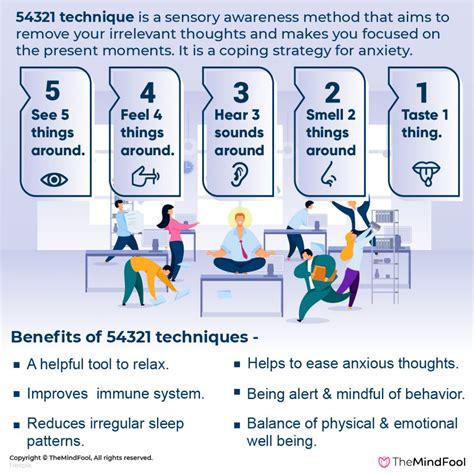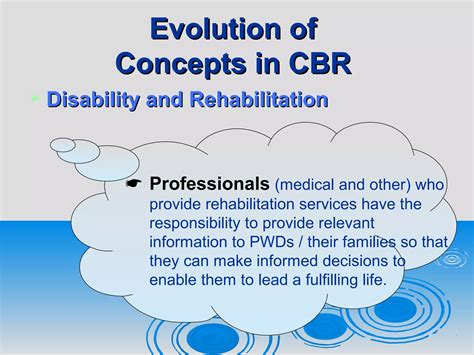Intro
Heal a broken tailbone with effective treatment options, including pain management, physical therapy, and recovery techniques to alleviate coccyx injury symptoms and promote natural healing.
The tailbone, also known as the coccyx, is a small bony structure located at the bottom of the spine. It plays a crucial role in supporting the body's weight and facilitating balance. However, the tailbone can be prone to injuries, particularly falls or direct blows to the area. A broken tailbone, also known as a coccygeal fracture, can be a painful and debilitating condition that affects daily activities. Understanding the importance of proper treatment and care is essential for promoting healing and alleviating discomfort.
A broken tailbone can occur due to various reasons, including falls onto a hard surface, sports injuries, or even childbirth. The symptoms of a broken tailbone may vary, but common signs include severe pain, swelling, and bruising in the affected area. In some cases, individuals may experience numbness, tingling, or weakness in the legs. If left untreated, a broken tailbone can lead to chronic pain, infection, and even nerve damage. Therefore, it is crucial to seek medical attention if symptoms persist or worsen over time.
The diagnosis of a broken tailbone typically involves a physical examination, medical history, and imaging tests such as X-rays or MRI scans. A healthcare professional will assess the severity of the injury and develop a personalized treatment plan. In most cases, treatment for a broken tailbone involves a combination of conservative measures, such as pain management, physical therapy, and lifestyle modifications. In severe cases, surgical intervention may be necessary to stabilize the fracture and promote healing.
Understanding the Healing Process

Factors Affecting the Healing Process
Several factors can influence the healing process, including age, overall health, and the severity of the injury. Older adults or individuals with underlying medical conditions may experience a slower healing process due to decreased blood flow, reduced mobility, and compromised immune function. Additionally, the severity of the injury can impact the healing process, with more severe fractures requiring longer recovery times.Treatment Options for a Broken Tailbone

- Pain management: Over-the-counter pain medications, such as acetaminophen or ibuprofen, can help alleviate pain and discomfort.
- Physical therapy: Gentle exercises and stretches can help improve mobility, reduce stiffness, and promote healing.
- Lifestyle modifications: Avoiding heavy lifting, bending, or strenuous activities can help reduce stress on the affected area and promote healing.
- Alternative therapies: Acupuncture, massage, or chiropractic care may be beneficial in reducing pain and promoting relaxation.
Benefits of Conservative Treatment
Conservative treatment options offer several benefits, including reduced risk of complications, minimal downtime, and cost-effectiveness. Additionally, conservative treatment can help individuals maintain their independence, mobility, and overall quality of life. However, it is essential to note that conservative treatment may not be suitable for everyone, particularly those with severe fractures or underlying medical conditions.Surgical Intervention for a Broken Tailbone

- Coccygectomy: Removal of the damaged coccyx to alleviate pain and promote healing.
- Internal fixation: Use of screws, rods, or plates to stabilize the fracture and promote healing.
- External fixation: Use of external devices to stabilize the fracture and promote healing.
Risks and Complications of Surgical Intervention
Surgical intervention carries several risks and complications, including infection, nerve damage, and blood clots. Additionally, surgical intervention may require longer recovery times, increased downtime, and higher costs. However, surgical intervention can be beneficial in severe cases, particularly those with significant displacement or instability.Recovery and Rehabilitation

- Physical therapy: Gentle exercises and stretches to improve mobility, reduce stiffness, and promote healing.
- Pain management: Ongoing pain management to alleviate discomfort and promote relaxation.
- Lifestyle modifications: Avoiding heavy lifting, bending, or strenuous activities to reduce stress on the affected area.
Importance of Follow-up Care
Follow-up care is essential to monitor progress, address concerns, and prevent complications. Regular follow-up appointments with a healthcare professional can help individuals stay on track with their rehabilitation program, address any concerns or questions, and prevent long-term complications.Preventing Future Injuries

- Practicing good posture and body mechanics
- Avoiding heavy lifting, bending, or strenuous activities
- Wearing protective gear, such as seatbelts or helmets
- Engaging in regular exercise and physical activity
Benefits of Preventive Care
Preventive care offers several benefits, including reduced risk of injury, improved overall health, and enhanced quality of life. By taking proactive steps to prevent future injuries, individuals can maintain their independence, mobility, and overall well-being.Conclusion and Next Steps

We invite you to share your thoughts, experiences, or questions regarding healing a broken tailbone treatment in the comments section below. Your feedback is valuable to us, and we look forward to hearing from you. Additionally, we encourage you to share this article with friends, family, or social media to help raise awareness about the importance of proper treatment and care for a broken tailbone.
What are the common symptoms of a broken tailbone?
+Common symptoms of a broken tailbone include severe pain, swelling, bruising, numbness, tingling, or weakness in the legs.
How long does it take to recover from a broken tailbone?
+Recovery time for a broken tailbone can vary depending on the severity of the injury, but it typically ranges from several weeks to several months.
Can a broken tailbone be prevented?
+While some injuries are unavoidable, practicing good posture and body mechanics, avoiding heavy lifting or strenuous activities, and wearing protective gear can help reduce the risk of a broken tailbone.
